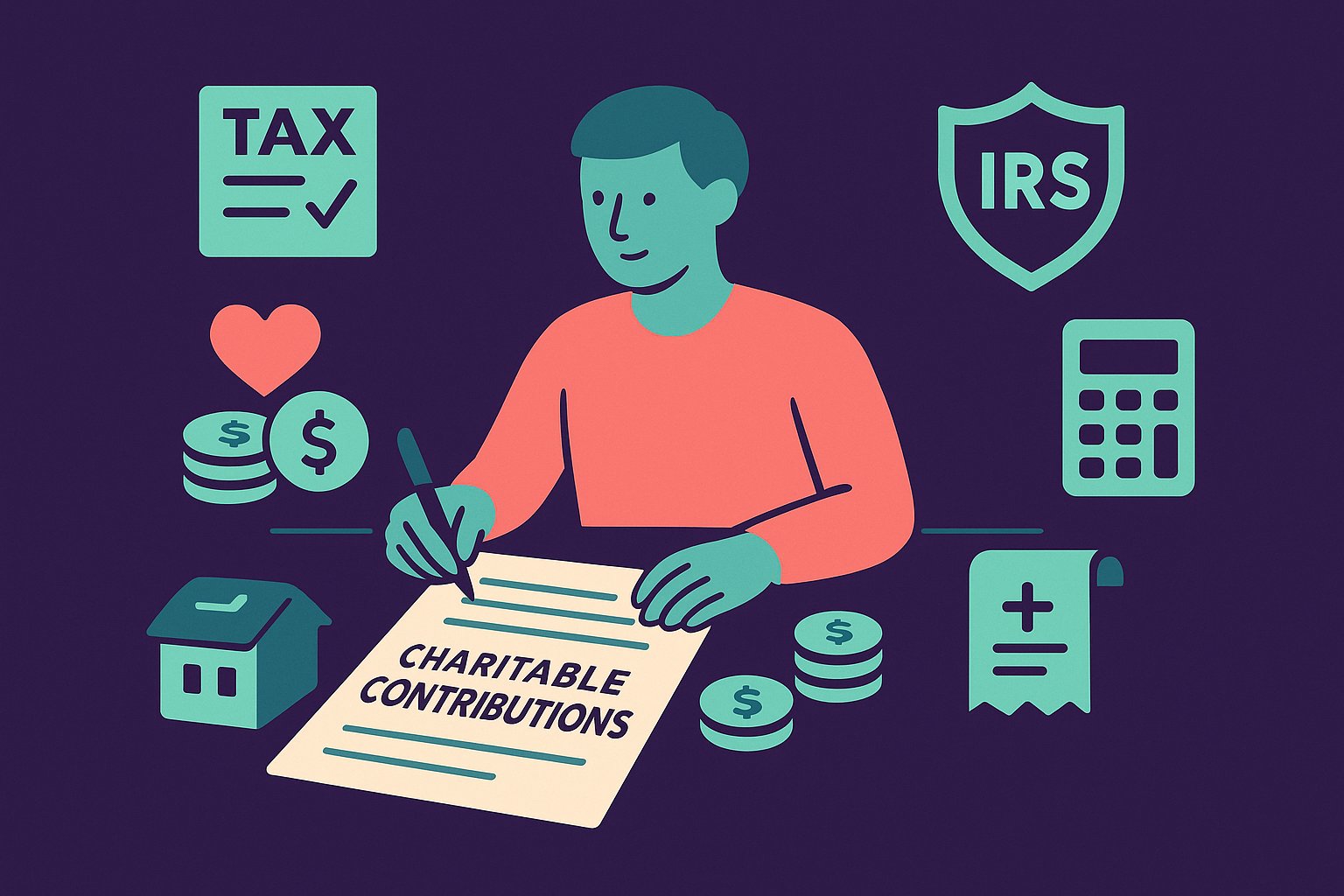The Trust Factor: Why Campaign Credibility Is Crucial
In the ever-expanding world of crowdfunding, verifying a campaign’s credibility before donating is non-negotiable. With thousands of fundraisers launched daily—ranging from medical emergencies to community projects—donors need confidence that contributions truly reach the intended beneficiaries. While many campaign organizers are genuine, the digital nature of crowdfunding can facilitate misinformation or, in rare cases, outright fraud. By adopting a systematic approach to vetting each campaign, you safeguard your generosity, reinforce trust in the crowdfunding ecosystem, and ensure your funds drive real impact. Understanding why credibility matters is the first step toward becoming a savvy supporter who can distinguish reputable fundraisers from those that may fall short of their promises.
Delving into the Organizer’s Background
A campaign’s organizer is its heartbeat. Before making a donation, examine who is running the fundraiser. Is the campaign spearheaded by an individual with a clear history—such as a personal blog, social media presence, or professional profile? If it’s a nonprofit organization, look for formal registration information, a recognized tax-exempt status, or an established website demonstrating past projects. When organizers provide verifiable details about their affiliations, experience, or previous campaigns, it signals transparency and accountability. Conversely, campaigns with anonymous organizers or minimal background information should prompt caution. By researching the organizer’s track record, you can assess whether they have successfully delivered on prior commitments, which is a reliable indicator of their trustworthiness.
Unpacking Transparency: Examining Campaign Details
Campaign pages that hide specifics are red flags; details build trust. A credible fundraiser clearly articulates objectives, outlines milestones, and breaks down financial requirements. For example, if a medical campaign seeks $20,000 for surgery, there should be explicit references to hospital estimates or physician quotes. When organizers transparently share invoices or letters from medical providers, they demonstrate a commitment to accountability. Likewise, community initiatives—such as building a playground—should include contractor bids, cost estimates, or photographs of site progress. Transparency also entails disclosing potential challenges or setbacks. Fundraisers that discuss logistical hurdles, regulatory approvals, or seasonal delays illustrate authenticity. When campaign pages leave out critical information—such as how funds will be allocated— pause and seek clarification before contributing.
Evaluating Financial Accountability: Tracking the Dollars
Where does your money go once you click “Donate”? Verifying financial accountability involves confirming that contributions are directed toward legitimate purposes. Platforms like GoFundMe, GlobalGiving, or Classy often display whether the campaign is set up through a registered nonprofit, a fiscal sponsor, or an individual. Nonprofits generally provide audited financial statements or annual reports on their websites. If a fundraiser uses a fiscal sponsor—an established nonprofit that holds and disburses funds on behalf of other organizations—confirm the sponsor’s reputation. Some campaigns arrange for donor-advised funds or third-party payment processors; in these cases, review whether the processor has a history of secure transactions. When in doubt, contact the organizer to request a breakdown of platform fees, third-party processing costs, and the exact percentage of donations that go to the cause. This level of financial transparency is essential for ensuring accountability.
Scrutinizing Supporter Engagement: Community Signals
Supporter engagement serves as a community-driven credibility check. Credible campaigns often have a robust network of donors, sponsors, or volunteers who comment, share stories, and provide positive feedback. On social media, look for posts from trusted friends, family members, or local community leaders discussing the campaign. A high number of meaningful comments—such as beneficiaries expressing gratitude or recognized community figures endorsing the fundraiser—can reinforce its legitimacy. Conversely, campaigns with a flurry of generic remarks or suspiciously repetitive comments may warrant skepticism. If a campaign page shows a consistent pattern of small contributions with personalized notes, it signals genuine support. By tapping into the collective wisdom of fellow donors and community networks, you gain valuable insights into whether a fundraiser has already built a foundation of trust.
Leveraging External Validation: Third-Party Endorsements
Campaigns that earn endorsements from reputable organizations or media outlets often carry greater weight. Third-party validation can come in many forms: coverage in local newspapers, shout-outs from nonprofits with aligned missions, or support from recognized professionals in the field. Before you donate, search online for any news articles or blog posts that mention the fundraiser. If a regional charity alliance, a municipal government website, or a professional association highlights the campaign, this external stamp of approval is a powerful indicator of credibility. When possible, reach out to these endorsers directly—send a quick email or comment on their social media—to confirm that their support is current and intentional. Third-party validation not only bolsters confidence but also expands transparency by bringing independent voices into the verification process.
Gauging Storytelling Authenticity: Separating Fact from Fiction
A compelling story captures attention, but authenticity is paramount. When assessing a campaign’s narrative, look for sensory details that ground the story in reality: dates, specific locations, names of institutions, and anecdotes about real people. Rather than sweeping generalizations, authentic stories include tangible, verifiable elements—a photograph of a beneficiary in a hospital bed, receipts from a shelter supply purchase, or a video log showing daily progress in a construction project. Watch for overuse of stock images or generic language that feels detached from genuine experiences. If the campaign’s narrative seems overly dramatized—invoking hyperbole or dramatic music without factual support— dig deeper. Contact the organizer with specific questions about the storyline: ask for medical records, reference letters, or any documentation that corroborates the narrative. Genuine, well-supported stories instill confidence and form an emotional connection that motivates responsible giving.
Deciphering Platform Reputation: Choosing Secure Channels
Not all crowdfunding platforms are created equal. Before donating, research the platform’s reputation, security protocols, and fee structure. Well-established sites—such as CrowdRise, Razoo, or Fundly—provide donor protection policies, clear terms of service, and transparent fee disclosures. Review user reviews and media coverage to understand any past controversies, technical glitches, or allegations of mismanaged campaigns. Some platforms offer a “Verified Charity” badge or require nonprofit registration documentation; these measures help screen out illegitimate fundraisers. Additionally, examine the platform’s data privacy safeguards: does the site use encrypted payment gateways, SSL certificates, and stringent data storage practices? Platforms subject to regular security audits typically communicate their compliance with standards like PCI-DSS. By choosing well-regarded crowdfunding venues, you minimize the risk of fraud, protect sensitive financial information, and ensure funds are handled responsibly.
Observing Communication and Update Frequency
Regular communication is a hallmark of genuine campaigns. After reviewing a campaign page, note how frequently the organizer posts updates. Credible fundraisers provide timely progress reports—weekly or biweekly updates that share successes, challenges, and next steps. These updates might include photographs, short videos, or written summaries of milestones achieved. If significant time has passed since the last update—especially after hitting fundraising targets—reach out to the organizer for clarification. A lack of follow-through in communication could signal disorganization or questionable intent. Conversely, campaigns that treat donors like partners—sharing transparent financial breakdowns, acknowledging contributions by name, and sending personalized thank-you messages—demonstrate respect and reliability. Before donating, consider subscribing to email notifications or following the campaign’s social media channels to track ongoing engagement; this firsthand view of communication patterns helps you stay informed about the campaign’s evolution.
Trusting Your Gut: Balancing Data with Intuition
Data and due diligence guide your decision, but intuition often plays a crucial role. If you’ve researched an organizer’s background, confirmed financial details, and seen community endorsements—yet something still feels off—listen to that instinct. Perhaps the tone of an update seems incongruent, or the campaign’s graphics appear hastily assembled. Trustworthy fundraisers align logic and emotion: their facts check out, and their story resonates. When a fundraiser passes all logical filters but fails to spark genuine connection, consider redirecting your support to another credible cause. Your intuition acts as an additional safeguard, reflecting subconscious cues you may not immediately articulate. By balancing thorough research with your internal sense of authenticity, you develop a holistic approach to verifying campaign credibility that resonates with both your heart and mind.
Strengthening the Crowdfunding Ecosystem: A Collective Responsibility
Your diligence in verifying campaign credibility not only protects your generosity but also uplifts the broader crowdfunding community. By scrutinizing fundraisers through a lens of transparency, accountability, and ethical storytelling, you set a high standard for both organizers and fellow donors. Each time you share an authentic campaign, leave a thoughtful comment, or provide constructive feedback, you contribute to a culture of trust. Conversely, when you publicize dubious campaigns or spread unverified information, you undermine donor confidence and tarnish the reputation of crowdfunding as a whole. Embrace the responsibility of being an informed donor who not only gives funds but also minutes of their time to verify legitimacy. In doing so, you reinforce the integrity of donation-based crowdfunding, channel collective goodwill toward deserving causes, and help seal gaps that might otherwise allow unscrupulous actors to exploit well-intentioned donors.
Verifying crowdfunding campaign credibility before donating requires a blend of systematic research, intuitive judgment, and ongoing engagement. By examining the organizer’s background, unpacking transparency, evaluating financial accountability, and leveraging external validation, you ensure that your contributions fuel real impact. Pay attention to storytelling authenticity, choose reputable platforms, and monitor communication patterns to maintain confidence throughout the fundraising journey. Above all, trust your instincts and participate in evolving a crowdfunding ecosystem where trust, transparency, and genuine passion converge—transforming every donation into a catalyst for positive change.




